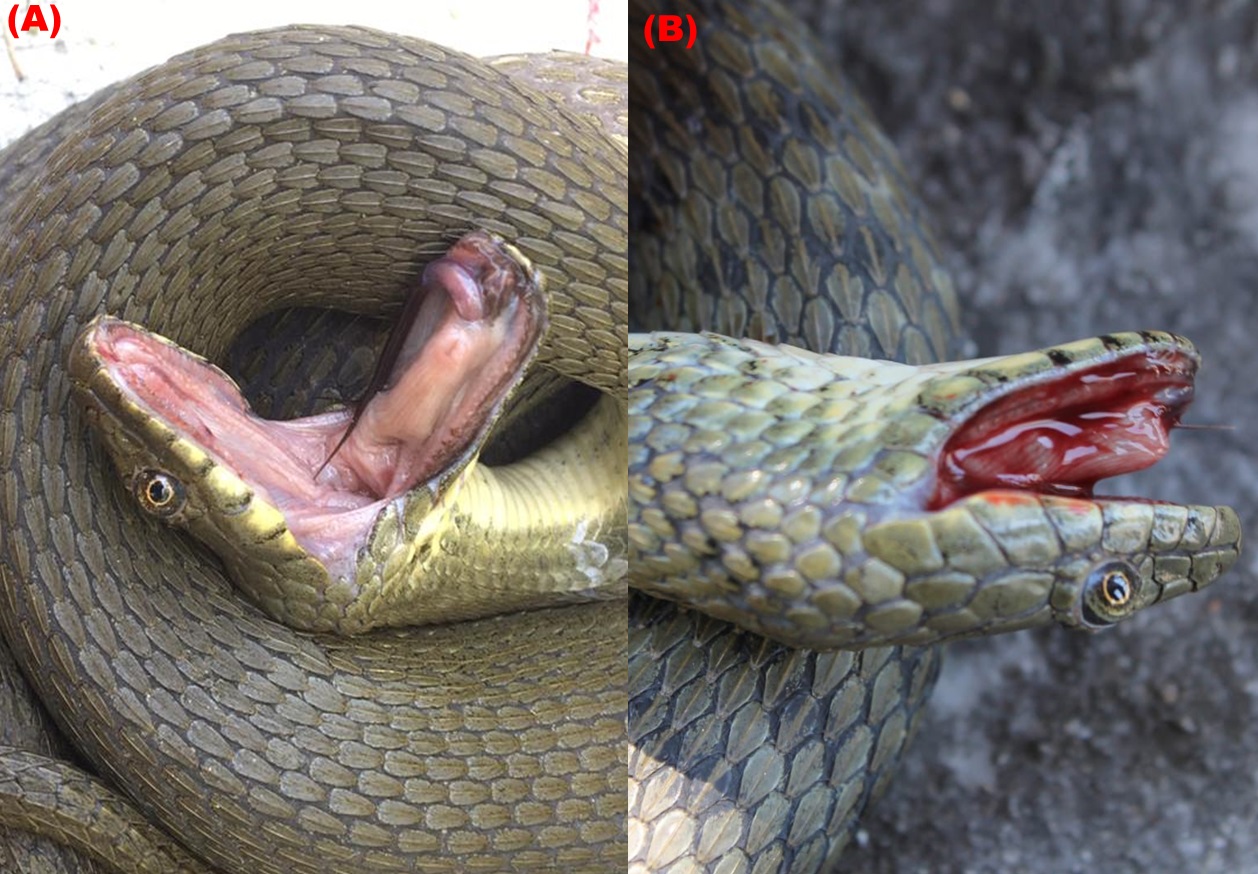Media release
From: The Royal SocietySynergistic effects of musking and autohemorrhaging on the duration of death feigning in dice snakes (Natrix tessellata)
Natural selection favors combinations of antipredator defenses that work together to enhance prey survival. An especially interesting antipredator defence is death feigning (DF), present in a wide variety of taxa and usually characterized by the prey lying motionless often along with defecation, musking, and autohaemorrhaging. All these aspects of DF should work in conjunction with one another, intensifying the overall effect of the display and in turn facilitating quicker escape. We tested this hypothesis directly in the field and found that that snakes combined DF with behaviors like musking and autohaemorrhaging (AH) spent less time feigning death. This suggests that these behaviors have synergistic effects, intensifying the display and reducing exposure time to predators.
- Over my dead body – When feigning death to deter predators, soiling yourself and coughing blood may yield quicker results. Dice snakes (Natrix tessellate) employ a number of tactics to avoid predation, including lying motionless to feign death. Out of 263 snakes, 124 made the display more convincing by smearing musk or faeces, and 28 secreted blood from the mouth. Snakes that employed these extra defences spent less time feigning death, suggesting these behaviours have synergistic effects. [Images available] Biology Letters.


